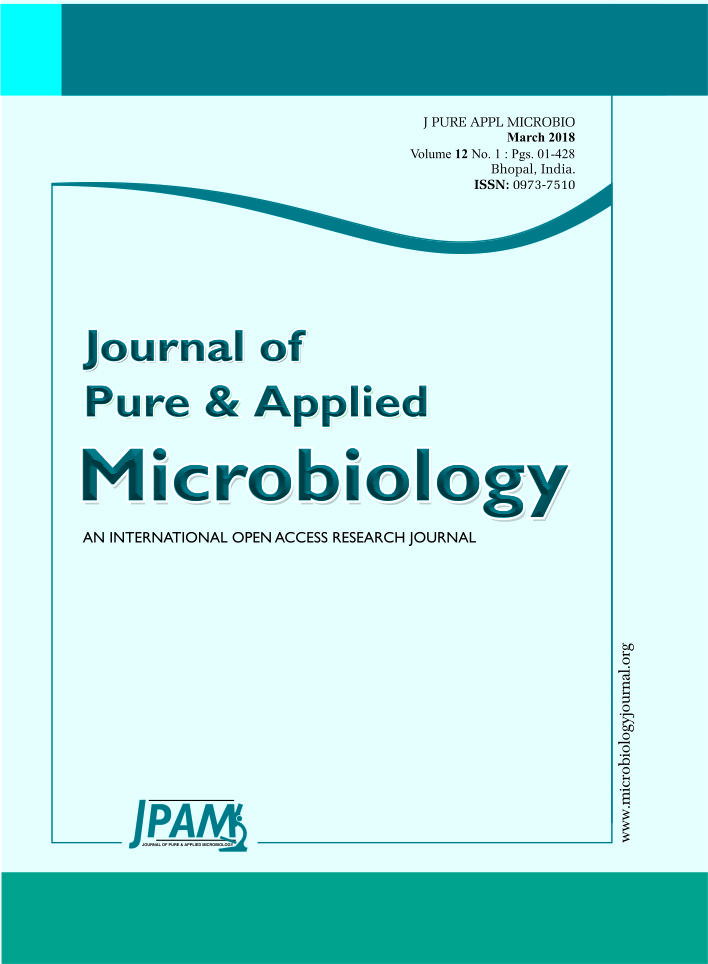MicroRNAs (miRNAs) are small non-encoding RNAs of 19-24 nucleotides long. It regulates gene expression through target mRNA degradation or translational gene silencing. Experimental based prediction is laborious and economically unfavorable due to a huge number of miRNAs and potential targets. So researchers are focused on computational approach for faster prediction. A large number of computational based prediction tools have been developed, but their results are often inconsistent. Hence, finding a reliable computational based prediction tool is still a challenging task. Here we proposed a computational method, microTarget for finding miRNA – mRNA target interactions. We validated our result in C. elegans and Rattus norvegicus genomes and compared performance with three computational methods, like miRanda, PITA, and RNAhybrid. Signal-to-noise ratio, z score, Receiver operating characteristic (ROC) curve analysis, Matthews correlation coefficient (MCC) and F measure show that microTarget exhibits good performance than other three miRNA – mRNA target interactions methods used in this study.
miRNA – mRNA target interactions, Target validation, Complementarity score, Computational methods.
© The Author(s) 2018. Open Access. This article is distributed under the terms of the Creative Commons Attribution 4.0 International License which permits unrestricted use, sharing, distribution, and reproduction in any medium, provided you give appropriate credit to the original author(s) and the source, provide a link to the Creative Commons license, and indicate if changes were made.


